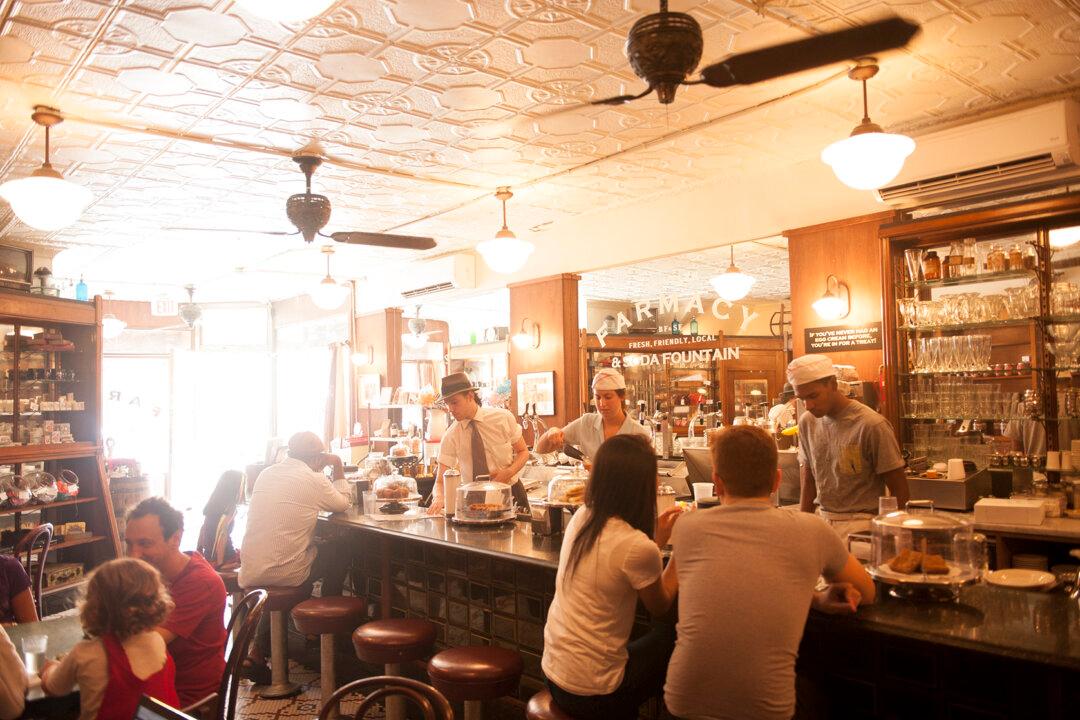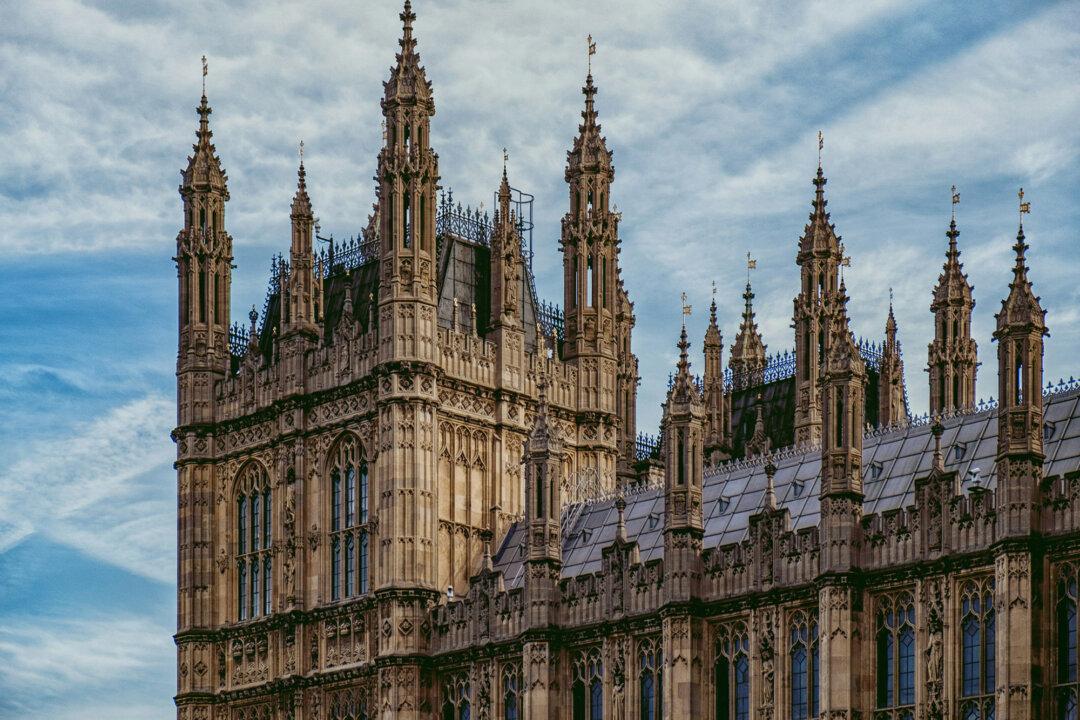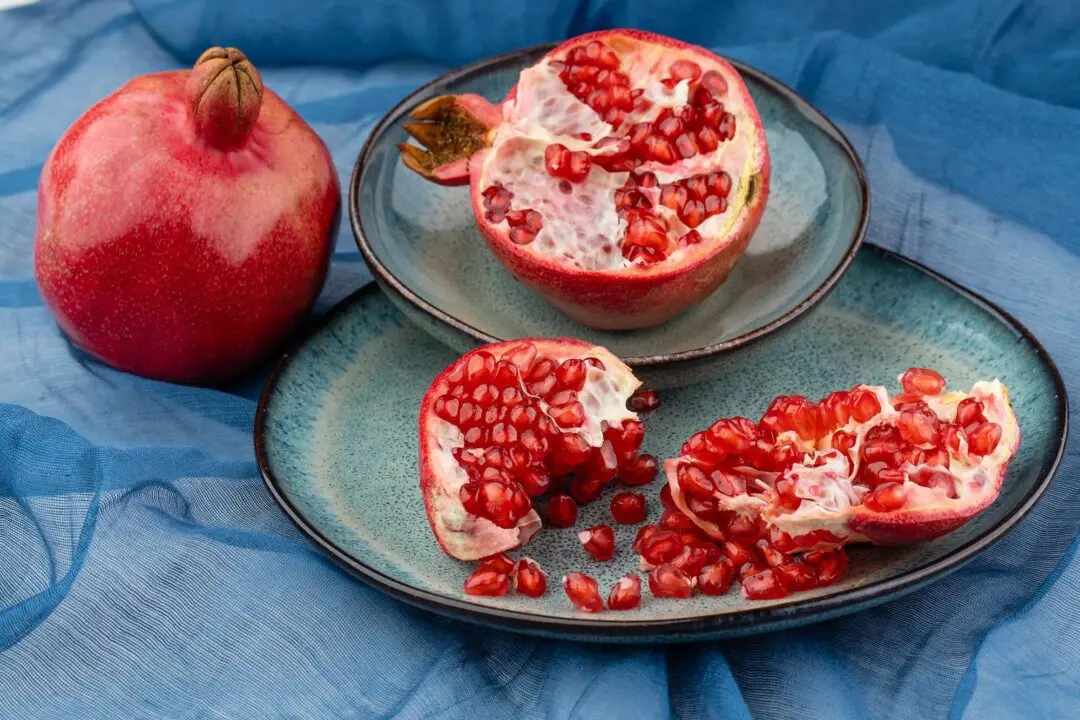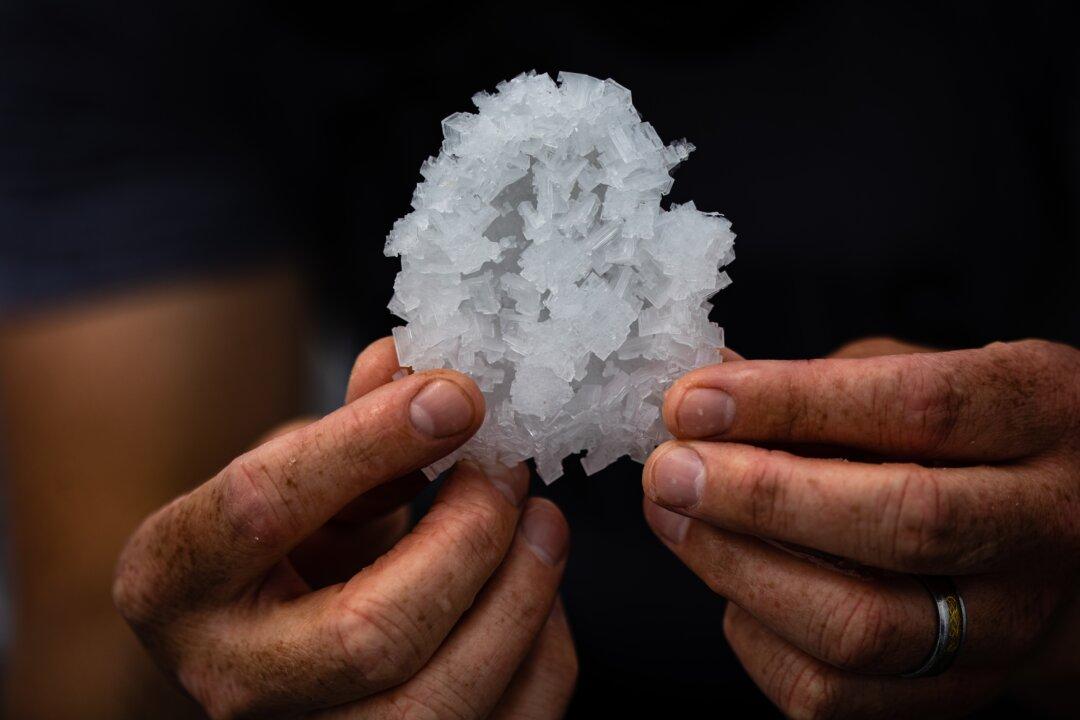“Take your medicine, Eric.”
My mother’s command from years ago rings in my ears as Jill Smith, co-owner of Colorado’s Salida Pharmacy and Fountain, explains why flavored sodas were invented in the 19th century—and why most soda fountains were found in pharmacies.





